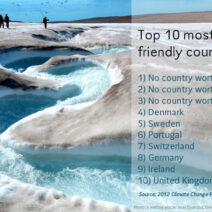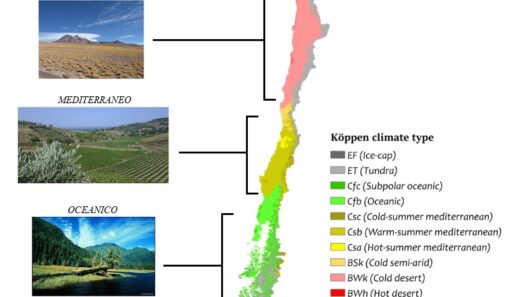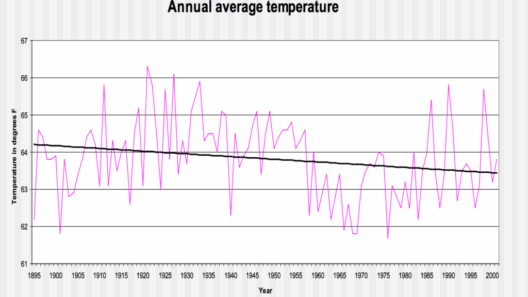Beans are some of the most versatile crops on the planet, celebrated not only for their nutritional value but also for their adaptability to various growing conditions. The climate and environment where beans are cultivated play pivotal roles in determining their yield and quality. Understanding these factors is essential, especially in light of shifting climate patterns that affect agriculture globally.
To appreciate the nuances of bean cultivation, it is crucial to first examine the climatic requirements. Beans thrive in temperate climates with warm temperatures, ideally between 70°F and 90°F (21°C to 32°C). This temperature range facilitates optimal growth, encouraging the bean plants to convert sunlight into energy effectively. However, beans are remarkably resilient and can withstand slightly cooler temperatures, down to around 45°F (7°C), although such conditions can result in stunted growth and reduced yields. Similarly, excessive heat, particularly above 95°F (35°C), can lead to flower drop and pod abortion, ultimately hampering productivity.
It is interesting to note that beans also require a well-defined growing season. Typically, they are classified as warm-season crops, meaning they flourish when planted after the danger of frost has passed. The growing season for beans typically lasts around 60 to 90 days, depending on the variety. Early spring planting has become increasingly popular, yet growers must avoid the risk of frost, which can devastate young plants. This delicate timing is one reason why local climate variations deeply impact bean agriculture.
Aside from temperature, moisture levels are paramount in determining the success of bean crops. Beans generally prefer well-drained soils that retain moisture without becoming waterlogged. Excessive rainfall during the growing season can lead to root rot and other fungal diseases, underscoring the importance of drainage. A balanced approach to watering is crucial; while beans require consistent moisture—especially during flowering and pod formation—over-irrigation can have dire consequences. Ideally, beans need about 1 to 2 inches of water per week, delivered through rainfall or irrigation.
Soil quality directly correlates with the health and productivity of bean crops. Beans flourish in loamy soils enriched with organic matter, as these provide the necessary nutrients for vigorous growth. The ideal soil pH typically falls within the range of 6.0 to 7.0. Test results showing acidity or alkalinity outside this range may necessitate amendments to foster a conducive growing environment. Additionally, beans are unique among crops in that they have a symbiotic relationship with nitrogen-fixing bacteria, which enables them to thrive even in soils of lower fertility. This distinctive quality not only benefits the plants themselves but also enhances soil health for subsequent cropping cycles.
In the quest for sustainable agriculture, it is essential to consider the role beans play in climate adaptation. For instance, traditional crop rotation practices that include legumes like beans can improve soil quality and enhance biodiversity. They provide a carbon sink effect, which is instrumental in reducing greenhouse gas emissions from agriculture. As we confront the escalating challenges of climate change, integrating beans into farming systems emerges as a promising strategy that resonates with both environmental sustainability and food security.
Beans exhibit various growth habits that allow them to adapt to diverse climates and growing conditions. Bush beans, for instance, tend to have a compact growth form and are well-suited for small gardens or areas with limited space. Conversely, pole beans require trellising for support, growing upwards as they seek sunlight. This trait not only maximizes the use of vertical space but also minimizes soil temperature fluctuations. Therefore, selecting appropriate varieties based on available growing space and climatic conditions can enhance not only yields but also the resilience of bean crops against adverse weather.
Another intriguing aspect of bean cultivation is the diversity in growth and maturation periods. Some varieties mature rapidly, making them ideal for short growing seasons or areas prone to early frosts. Others require more extended periods to reach maturity, allowing farmers to select appropriately based on local growing conditions and climate forecasts. Such knowledge paves the way for more resilient food systems and aids in combating the unpredictability associated with climate change.
Beans also hold significant agricultural value as cover crops. When planted during offseason, they protect the soil from erosion, suppress weeds, and retain moisture. More importantly, these cover crops can replenish nitrogen levels, subsequently enriching the soil for future plantings. Understanding and utilizing this dual role of beans can lead to sustainable agricultural practices that ensure long-term viability of farmland amid shifting climatic realities.
Ultimately, the cultivation of beans is not merely a matter of following agricultural protocols; it requires an appreciation of regional climates and an understanding of ecological interactions. As climate change continues to affect global agricultural landscapes, realizing the potential of beans as a resilient crop becomes imperative. By fostering awareness of their growing conditions and the benefits they offer, we can inspire a new era of environmentally conscious agriculture that values sustainability, adaptability, and curiosity. Understanding what beans need to grow opens doors to innovative farming practices that harmonize with our planet’s changing needs, promising not just sustenance but also a hopeful future.








